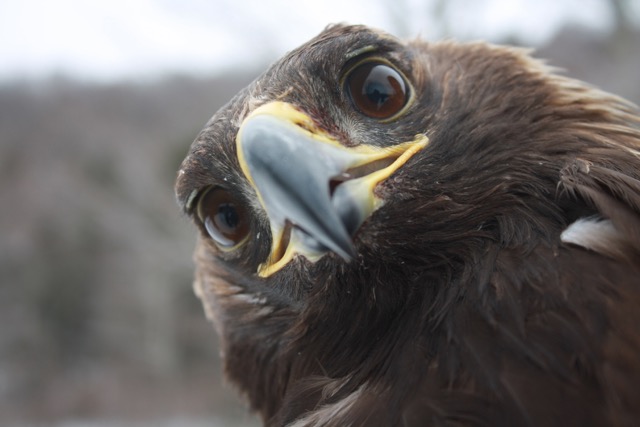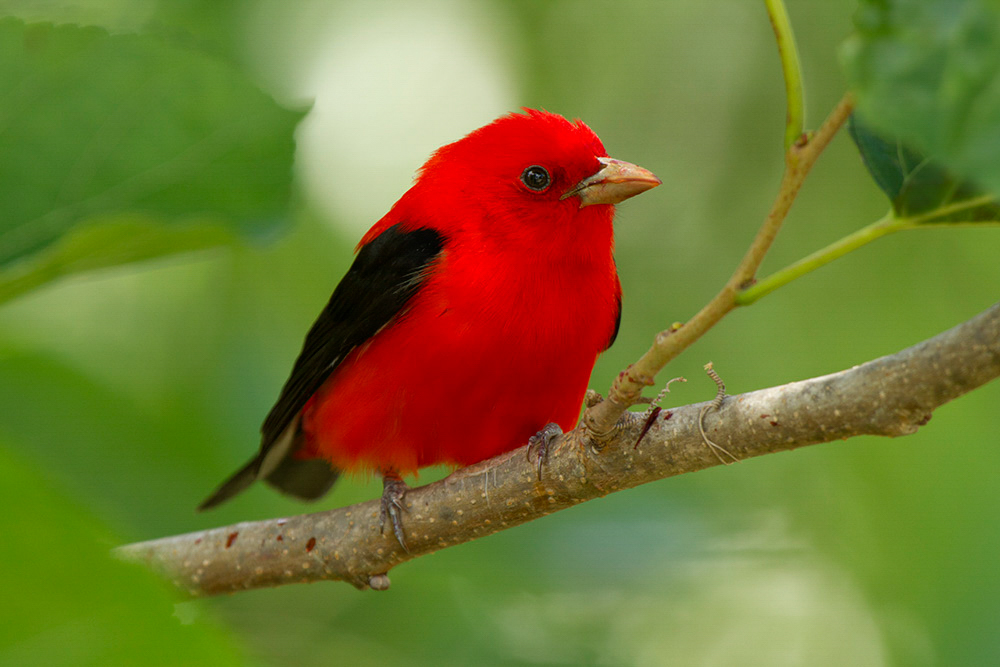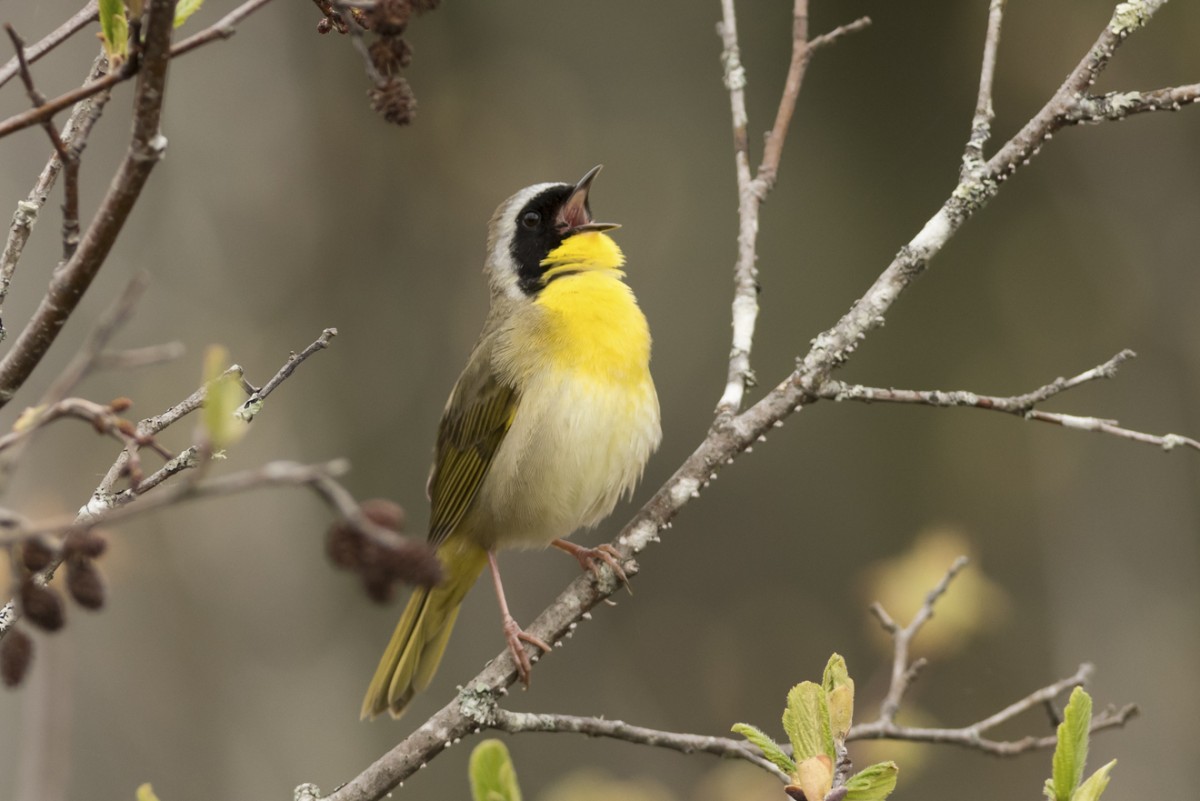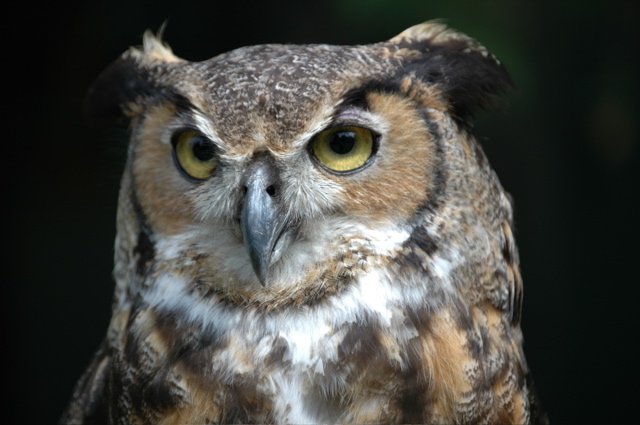Comment period is extended to December 29, 2022
PLEASE SHARE WIDELY!

There are new rules being proposed by USFWS for incidental take of Eagles (Bald and Golden). These are currently open for comments from organizations AND individuals. Delaware-Otsego Audubon Society (DOAS) is in the process of reviewing the proposed rules and will be submitting in-depth comments, but our initial review has resulted in some cause for concern, particularly related to the map data upon which permitting processes will be based.
DOAS is asking members, friends and people throughout our communities (locally, regionally, nationally) to submit comments before November 29 to voice these concerns as well. Individuals who are submitting comments should add something personal, i.e.: I care about birds, I have a particular interest in Eagles, why this is important to you.
NOTE: The letter below is the foundation for our official in-depth comments which will be submitted after final review by the deadline of November 29. The examples provided on bottom half of page 2 of 3 is specific to the DOAS chapter region – but each chapter, organization or individual may have their own pertinent data – maybe from CBC’s or other hawk watch programs.
VIEW DOAS INITIAL CONCERNS IN A SAMPLE LETTER BELOW
SUBMIT YOUR COMMENTS TO USFWL HERE
(Green button in upper right of page.)
VIEW THE FULL PROPOSED RULE DOCUMENT HERE
U.S. MAP OF INCIDENTAL TAKE PERMIT ELIGIBILITY ZONES FOR WIND PROJECTS
Delaware-Otsego Audubon Society SAMPLE LETTER
November 20, 2022
Public Comments Processing
Attn: FWS-HQ-MB-2020-0023
U.S. Fish and Wildlife Service
MS: PRB/3W
5275 Leesburg Pike
Falls Church, VA 22041-3803
Re: Proposed Rule for Incidental Take of Eagles and Eagle Nests
To Whom it May Concern:
Delaware-Otsego Audubon Society (DOAS) thanks the Fish and Wildlife Service (USFWS) for the opportunity to comment on the new proposed rule on the issuing of Permits for Incidental Take of Eagles and Eagle Nests. After initial reviews of the document, we have several concerns about this proposal.
- Critical areas of the core range of Golden Eagles in the eastern United States are not included in the maps used to determine what type of permits are necessary. The map that is currently being used as guidance for the permitting process does not consider the differences in the range, habitats and risk of each species, which are significant.
- It appears that USFWS is relying solely upon data from eBird for determining eagle density. Since eBird data relies upon people reporting their sightings, there is likely a good deal of data missing from more rural and hard to reach regions of the U.S.
- Random pixels on the map within large areas of different colors. These areas suggest a lower level of density in the midst of high populations or higher density in the middle of low eagle density. We question whether these have any biological significance.
- Additional sources including tracking data should be consulted to see if migratory concentration areas that are currently “green” might have been missed in the eBird data.
The current map titled USFWS HQ MB Eagle Incidental Take Permit Eligibility Zones categorizes most of West Virginia, eastern Virginia, eastern Kentucky, eastern Tennessee and western North Carolina as being areas of lower Golden Eagle density – the green “self certifying” permitting areas. We know from peer reviewed research1, 2 that these same areas contain high densities of Golden Eagle in the winter.
eBird is a powerful tool. It has great potential. However, for Golden Eagles in the east, eBird cannot fully capture their distribution. During the winter season, these birds inhabit heavily forested areas with high topographic relief. Even when skilled birders are in these areas, Golden Eagles are extremely hard to survey. These areas lack roads, visibility and any density of birders using eBird. Golden Eagles are also wary of humans.
Camera trapping and telemetry studies fill in these eBird gaps. These data sources should be used to improve the USFWS maps and more adequately protect Golden Eagles. There is a wealth of tracking and camera trap data that could inform the USFWS where Golden Eagles are wintering in the east. These data are owned by members of Eastern Golden Eagle Working Group (EGEWG). They have been used in various peer reviewed publications. The members of the EGEWG are likely willing to share data with USFWS to improve the maps and permitting requirements.
The mapping of green areas “eligible for proposed self-certified general permit” and yellow areas “eligible to apply for proposed simplified specific permit” shows random pixels among areas of the opposite color. These areas raise a concern particularly when a green area shows up in an area known to have high density. This may be an effect of limiting the data set to eBird.
For example, the Franklin Mountain Hawk Watch is in a yellow area. It is known for significant flights of Golden Eagles. It is an area with a healthy and growing Bald Eagle population. To the northeast of the Franklin Mountain Hawk Watch, and less than 8 miles away, is a green area. This is the direction from which most eagles migrating past Franklin Mountain approach3. It also has the excellent topography for providing lift for foraging or migrating raptors. In addition, the Delaware-Otsego Audubon Society operated a camera trap on Crumhorn Mountain, within this pixel, during the winter of 2017. Both Bald and Golden Eagles visited this camera trap.4
With high quality optics, birds can be seen and sometimes identified at long distances by skilled observers. Using life-size silhouettes, Franklin Mountain Hawk Watch counters determined that it is possible to identify eagles at >5 miles through high quality spotting scopes. It is likely that some eagles approaching Franklin Mountain are first observed within this green area, but since eBird records the data at the user location, those more distant zones are not picked up as being part of a more critical region.
Visibility sometimes limits the hawk counters’ ability to see birds at great distances. Even if that is the case, certainly some are acquiring lift and coming from the west facing slope of Crumhorn Mountain. They are coming directly from that area.
We are concerned that these green areas, seemingly randomly located in an area of high eagle density, will allow developers to choose a location within that area solely based on the category of a “self certified” permit.
Given the differences in Golden Eagle concentrations on the USFWS maps and the maps in papers we cite in our comments, it is clear that eBird data cannot fully capture this species’ density in the eastern U.S. We urge USFWS to include readily available additional data sources in their analysis, and adjust their maps so additional areas that are known to harbor Golden Eagles will also require a “simplified specific permit.”
We also request that the random green pixels that may not have adequate eBird data be assumed to be at the same risk as the yellow pixels that border them on either 3 or 4 sides. We do not believe that these small areas have significantly different eagle density unless there are significant changes in habitat and terrain.
It is important that the map used for permitting accurately reflects the distribution of Golden Eagles in the east. This is an important national issue. We are urging USFWS to base the new permitting rules on more accurate maps to protect a rare and charismatic species (endangered in NY State).
Thank you for this opportunity to comment.
Sincerely,
————–
[1] Resource selection functions based on hierarchical generalized additive models provide new insights into individual animal variation and species distributions. McCabe et al 2021
[2] Status, Biology, and Conservation Priorities For North America’s Eastern Golden Eagle (aquila chrysaetos) Population. Katzner et al 2021
[3] Thomas Salo personal communication
[4] Kyle Dudgeon personal communication








